| Students of BSc. Biotechnology, Amity Institute of Biotechnology, Amity University, Kolkata visit the Indian National Museum, Kolkata | |
| Date: 2/5/2016 | |
An educational excursion programme to the Indian National Museum, Kolkata was arranged for the students of BSc. Biotechnology, Amity Institute of Biotechnology, Amity University, Kolkata on 5th February, 2016, aspart of their second semester core-course curriculum. A group of seventeen students escorted by the faculty members were part of this trip where differentaspects of palaeobotany, palaeozoology, evolution of pisces, amphibians,reptiles, birds, mammals and primates were studied.Founded in 1814 at the cradle of the Asiatic Society of Bengal, Indian Museum is theearliest and the largest multipurpose Museum not only in the Indiansubcontinent but also in the Asia-Pacific region of the world. In the beginning,Indian Museum was opened with two galleries. Later on, it was transformed intoa multipurpose Institution where multi-disciplinary objects have been displayedin six sections, viz. Art, Archaeology, Anthropology, Zoology, Geology, andBotany. The Zoological section displays the Zoological exhibits in sixgalleries, viz, Insect, Fish, Amphibian-Reptile, Bird, Mammal and Ecology. Differentcartilaginous fishes viz. Sharks, Rays, Saw fish, and bony fishes like Rohu,Bata, Catla, Indian shad, etc. in their respective habitat conditions are showcased in this gallery.Amphibian-Reptile gallery displays the mounted and well-preserved specimens of different species of native as well as foreign species of amphibians and reptiles. Exhibits of “Birds and their ecosystem relationship/behavior” are displayed in bird gallery. Different kinds of mounted exhibits, skeletons, skulls and horns of herbivores and carnivores of Indian as well as foreign mammals are displayed at Mammal gallery. In addition, specimens of Kangaroos, egg-laying mammals and pangolins are also exhibited. TheBotanical Gallery has a permanent exhibit display in 8 bays and various sections such as Indian timbers, Food products, Medicinal products, Vegetable fibers, Oil and oil seeds. Dyes and Tans and finally Gum and Resins. The galleryprovides the first hand information on both wild and cultivated economicalplants commonly used in India as well as its commercial perspectives. The Palaeo-anthropology gallery displays the evolution of man. It depicts the changes in the human skeleton which enabled humans to have the erect posture.Besides, through the process of evolution, the pre-historic man prepared tools according to his requirement, controlled the fire, and adapted himself from hunting, gathering to agriculture. This trip has invariably ignited curiosity in young minds as they have come up with different questions regarding the topics mentioned above. It has also enhanced their knowledge of the vertebrate and invertebrate animals, in addition to building up their theoretical know how of specimen preservation of different flora (gymnosperms and angiosperms). |
|
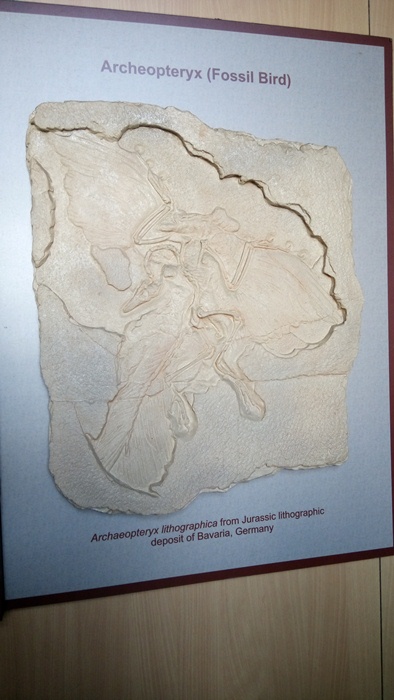 Archeopteryx |
|
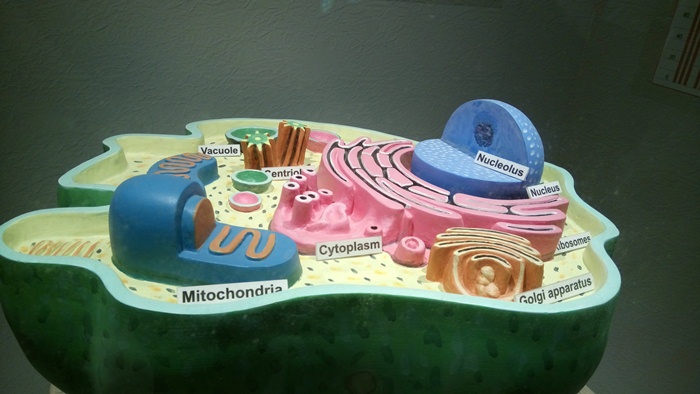 Cell |
|
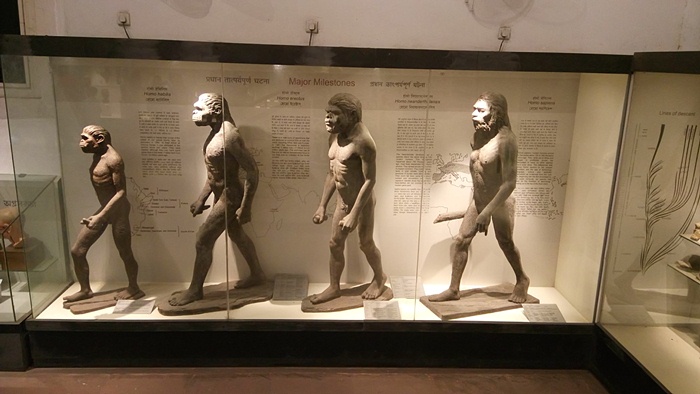 Evolution |
|
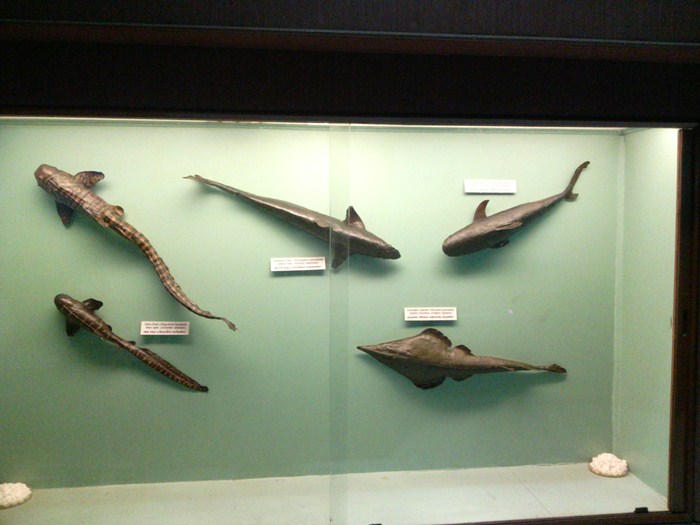 Fish |
|
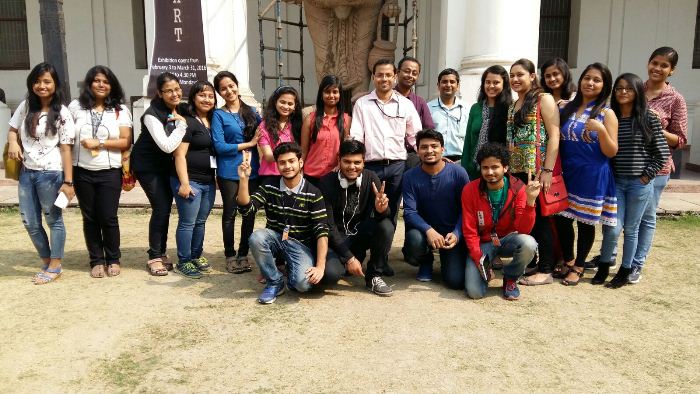 Students and faculties of Biotechnology |
|
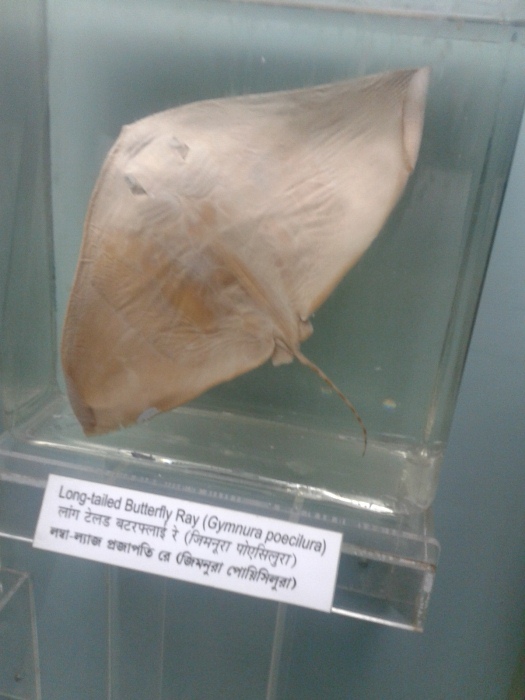 Ray |
|
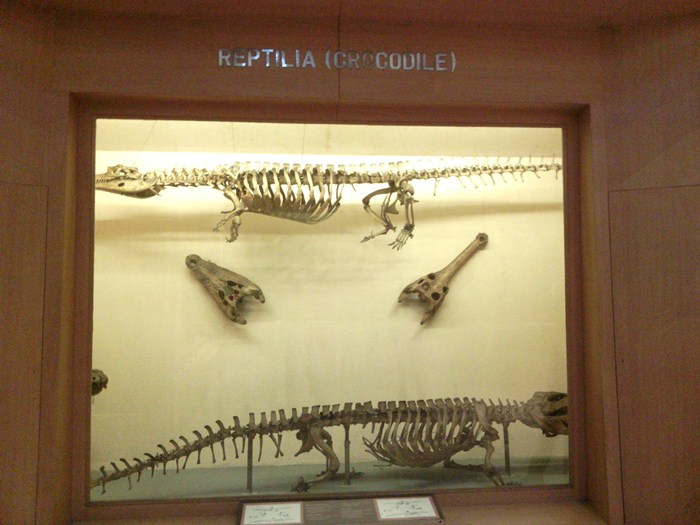 Reptile |
|
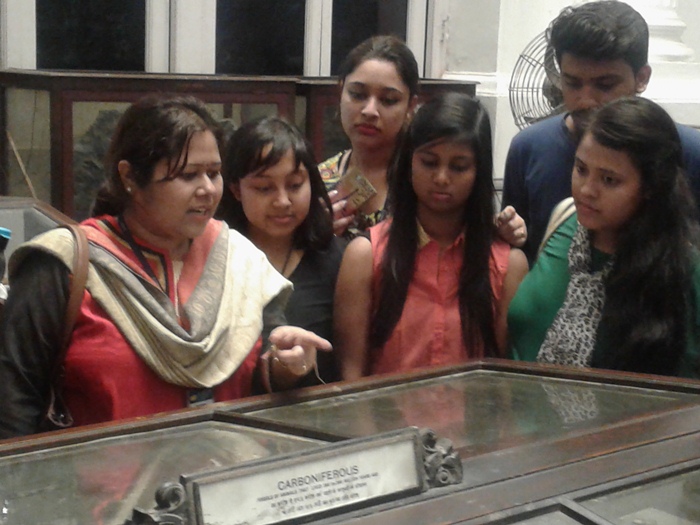 Faculty explaining the students |
|
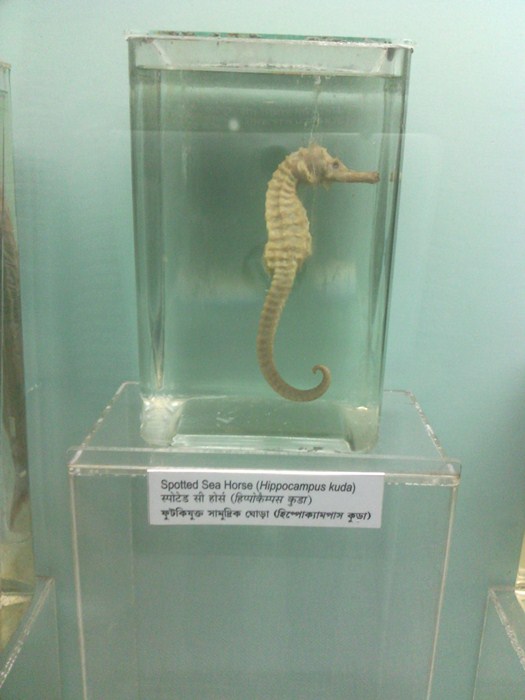 Spotted Sea House |